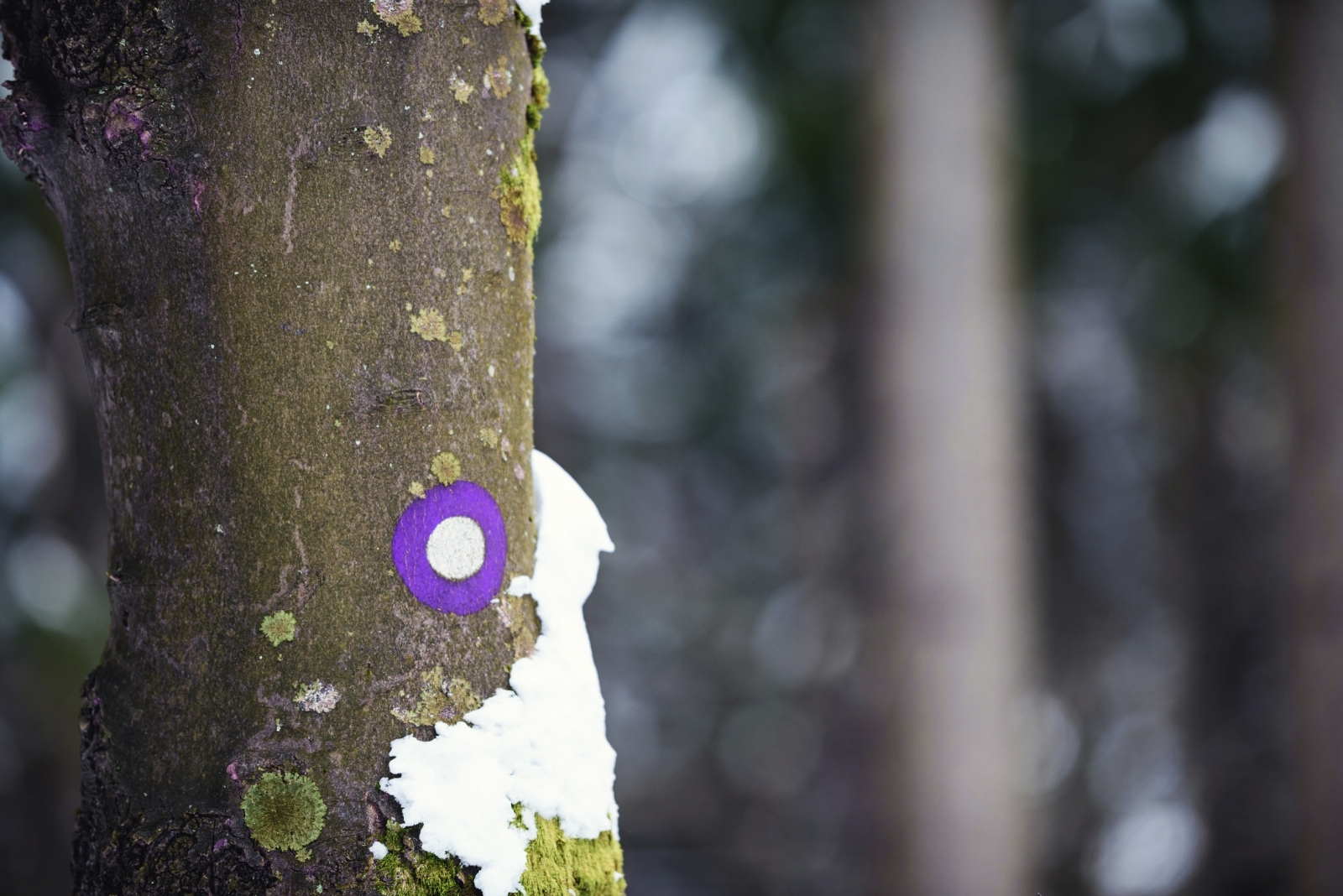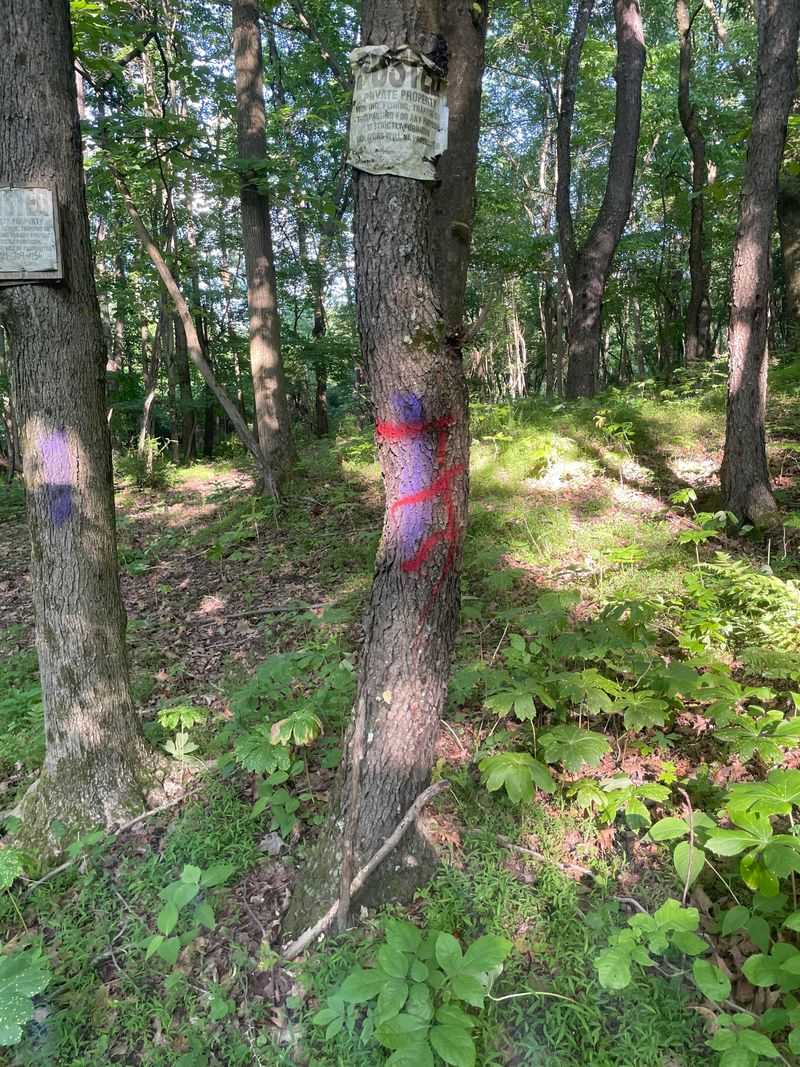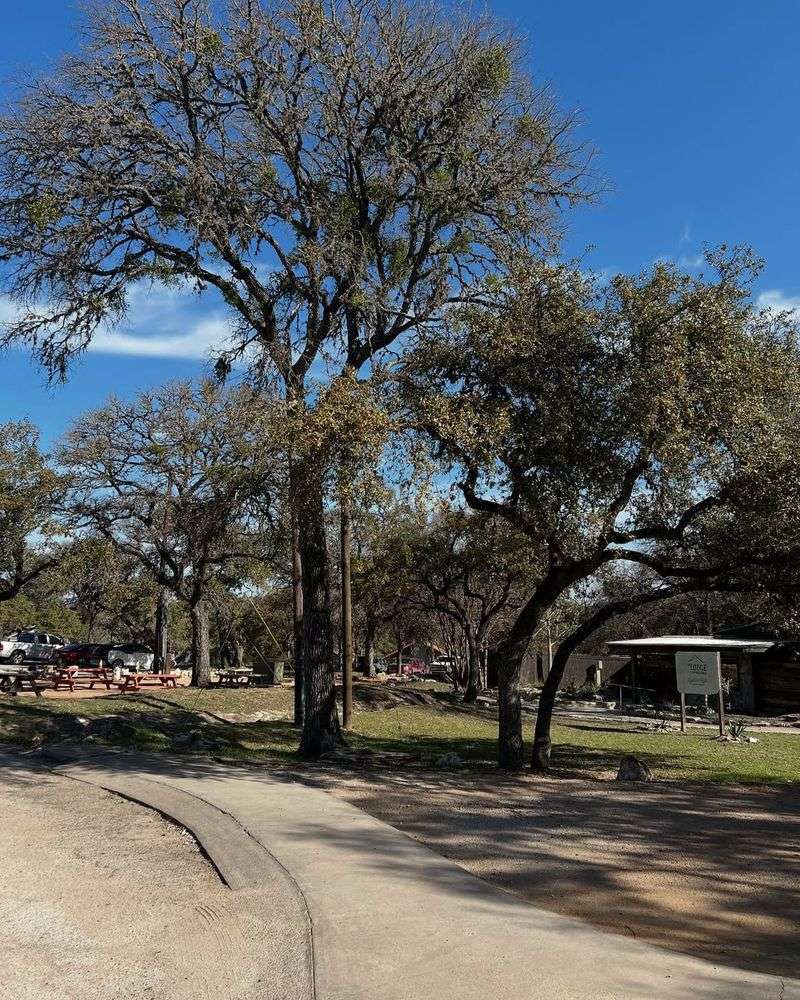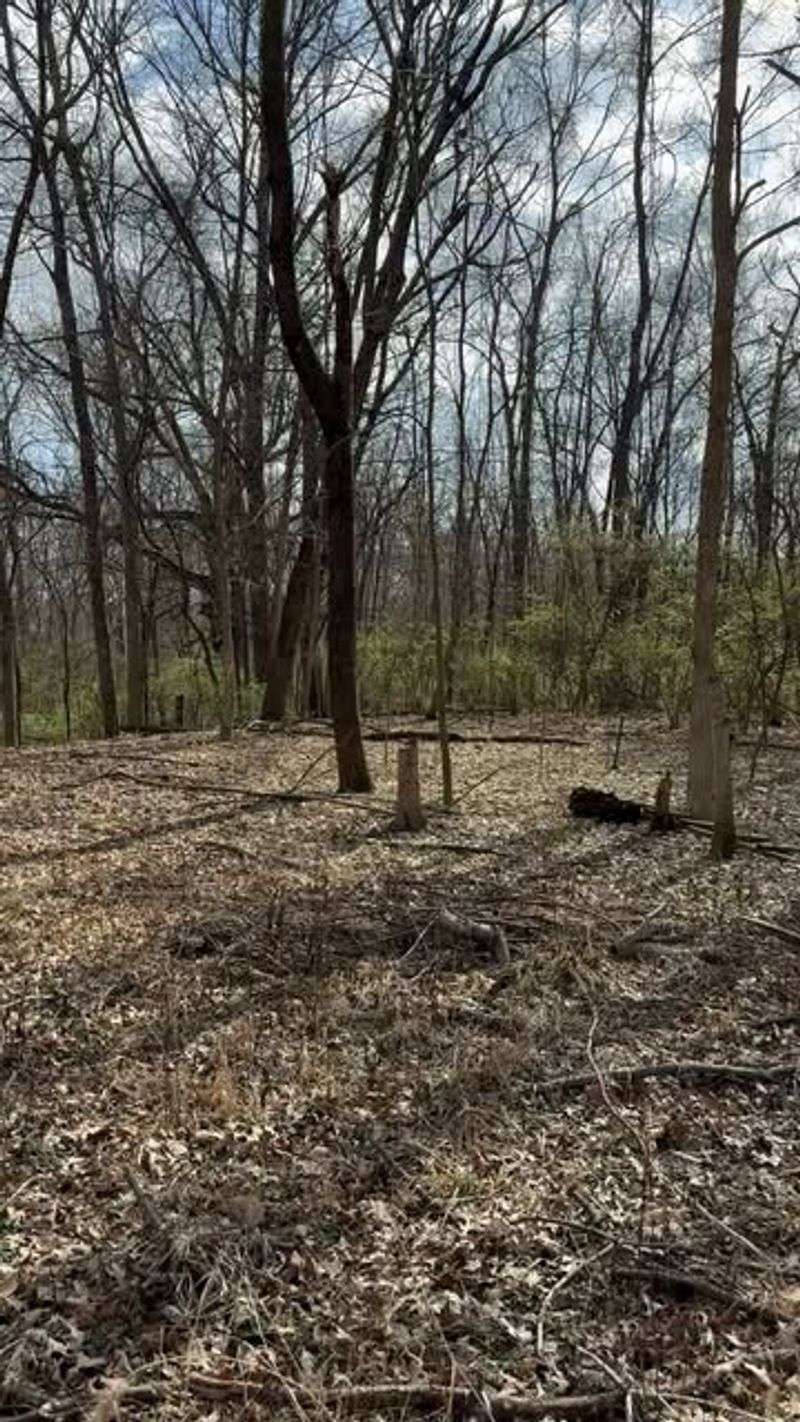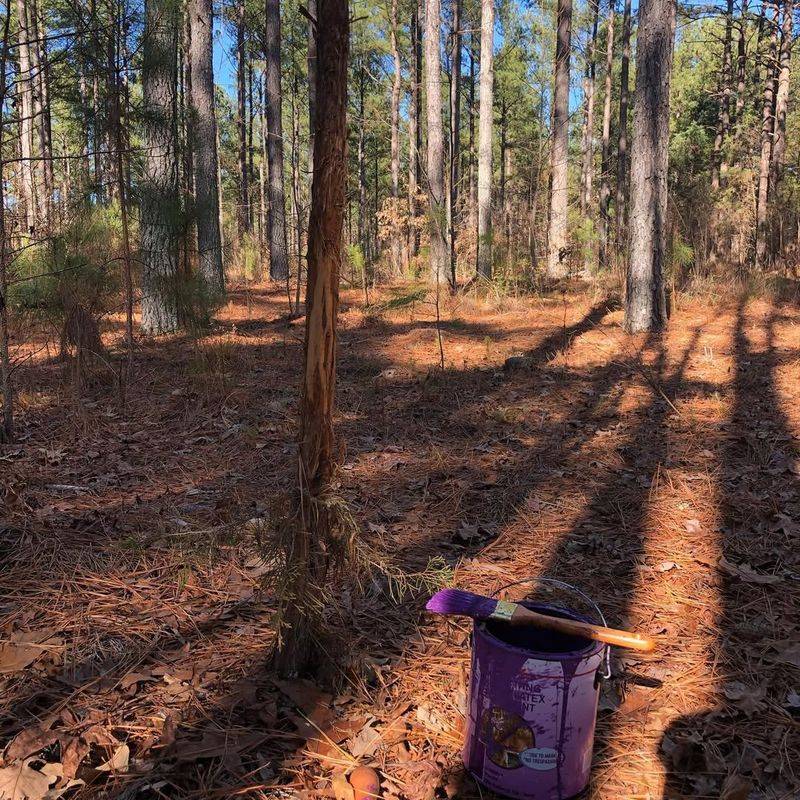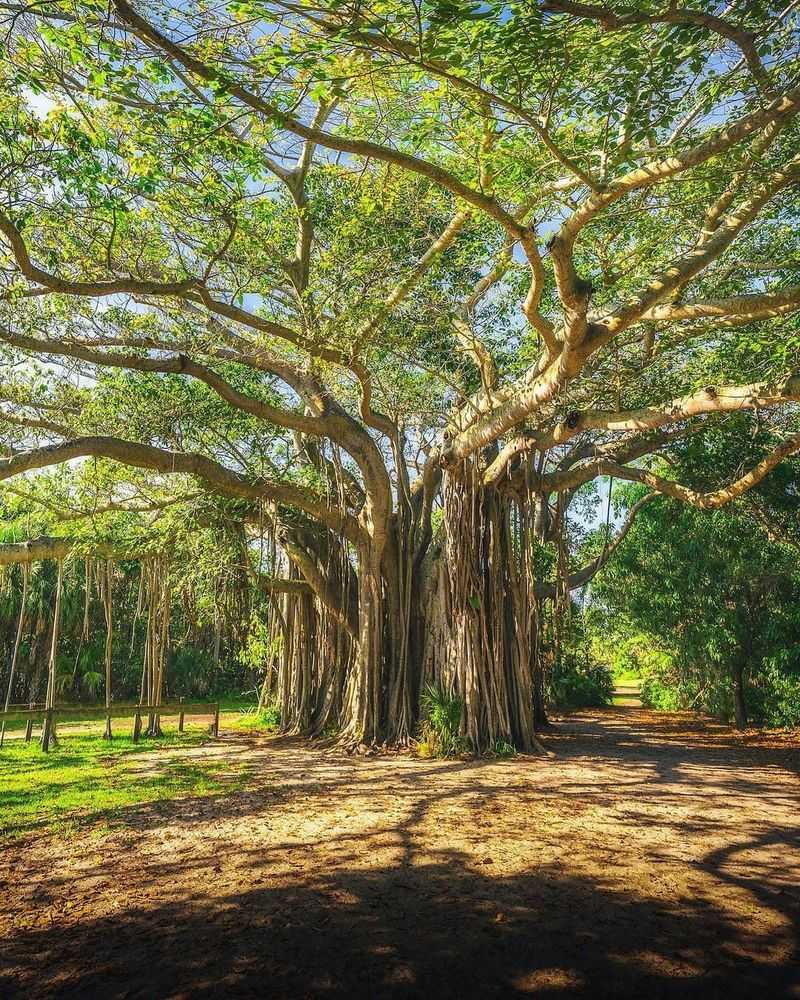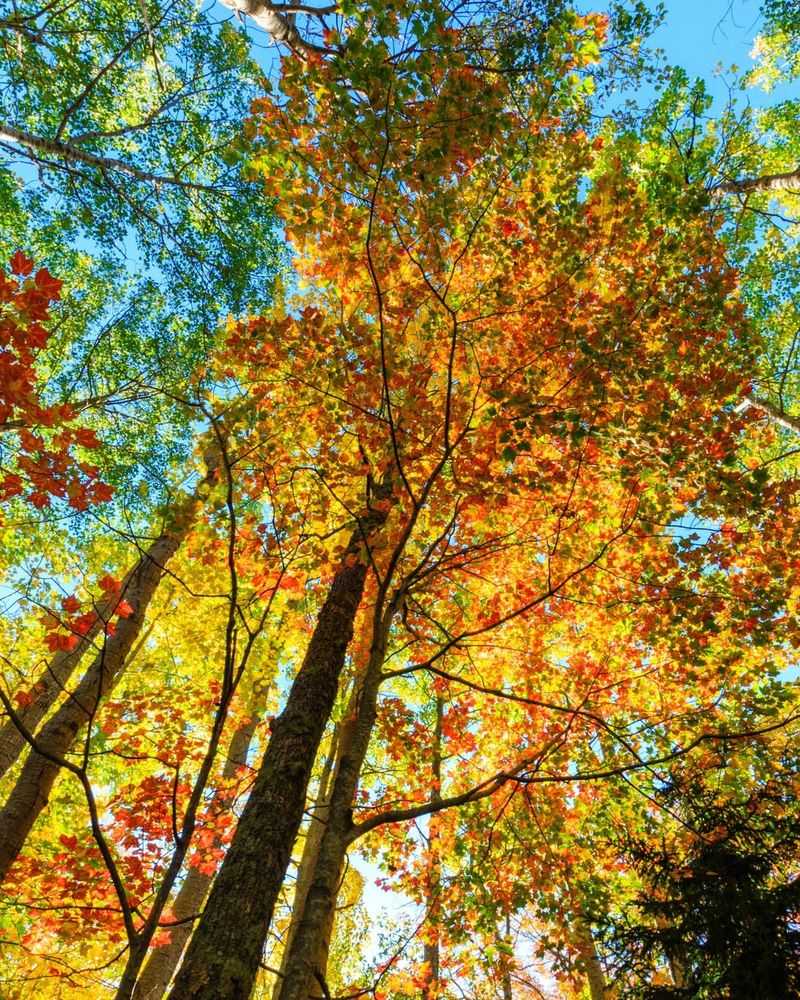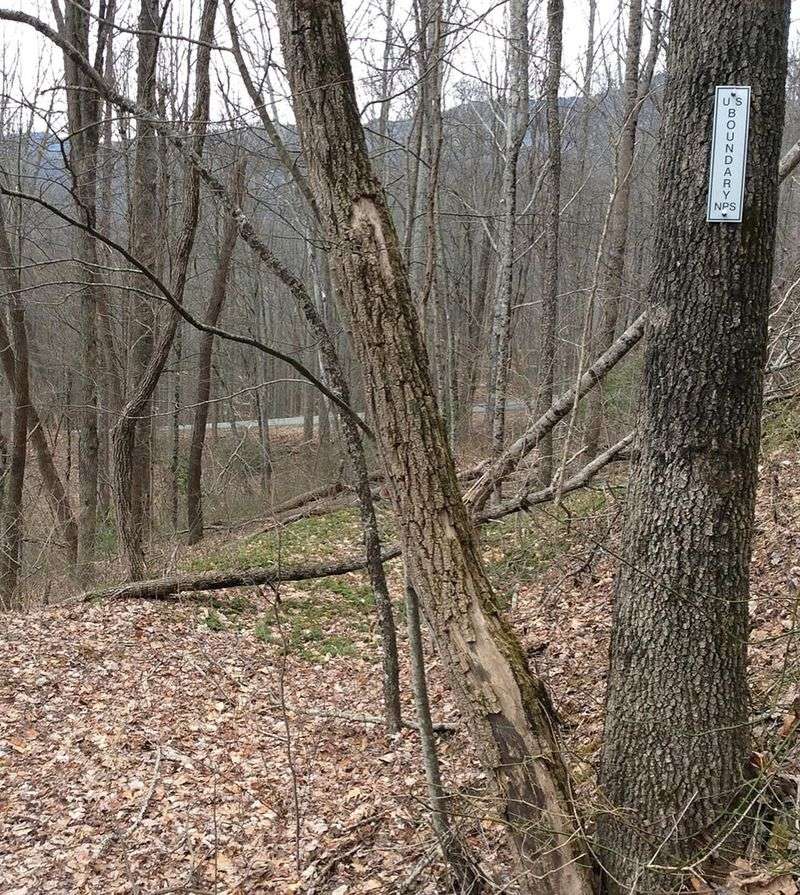If you’ve spent time in Georgia lately, you might have spotted trees painted purple and wondered why. It’s not just a quirky trend — there’s a reason behind it.
The story blends nature, science, and community care. Let’s uncover seven surprising reasons for this unique sight in Georgia.
1. Legal No-Trespassing Markers
Georgia law actually recognizes purple paint as an official way to mark private property boundaries. Landowners can use this method instead of posting written signs everywhere.
The purple marks work just like a “No Trespassing” sign, making it illegal to cross onto the property without permission. Many folks in Georgia prefer this approach because paint lasts much longer than paper signs that fade or blow away in storms.
If you see purple paint while hiking, turn around and find another route to respect the owner’s rights.
2. Cost-Effective Property Protection
Buying and replacing traditional metal or wooden trespassing signs gets expensive over time, especially for large properties. Purple paint offers Georgia landowners a budget-friendly alternative that protects their land for years.
A single can of purple paint can mark dozens of trees along property lines. Rain, wind, and sun won’t destroy these markers like they ruin paper or cardboard signs.
Georgia property owners save hundreds of dollars by choosing paint over constantly replacing damaged signs throughout their acreage.
3. Hunting Zone Boundaries
Hunters need to know exactly where they can legally hunt in Georgia’s vast wilderness areas. Purple paint helps mark the edges of hunting zones and private land where hunting isn’t allowed.
Wildlife management areas often use these purple markers to guide hunters away from restricted sections. The bold color stands out clearly even during early morning hunts when visibility is low.
Georgia hunters who respect these purple boundaries help maintain good relationships with landowners and avoid serious legal trouble.
4. Protection Against Liability
Did you know landowners in Georgia can face lawsuits if someone gets hurt on their property? Purple paint serves as legal proof that the owner warned people to stay away.
Courts recognize these markers as clear warnings, which helps protect property owners from liability claims. When someone ignores purple paint and gets injured, the owner has documented evidence they tried to prevent trespassing.
Georgia’s legal system treats purple paint seriously, making it a smart choice for protecting both land and legal interests.
5. Easy Visibility Year-Round
Purple stands out brilliantly against tree bark in every season, making it visible whether Georgia forests are green in summer or bare in winter. Unlike signs that get covered by growing vines or fallen branches, paint stays visible.
Snow, rain, and fog don’t hide these bright purple markers the way they obscure other boundary indicators. Hikers, hunters, and outdoor enthusiasts can spot them from a distance, preventing accidental trespassing.
Georgia’s changing seasons make purple paint the most reliable year-round property marking system available.
6. Timber and Forestry Management
Forestry professionals working across Georgia use purple paint to mark trees scheduled for cutting or those that should be preserved. Logging crews rely on these clear indicators to avoid costly mistakes.
Purple marks help identify property boundaries where timber rights change between different owners. Without these markers, logging companies might accidentally harvest trees from the wrong property, creating legal nightmares.
Georgia’s timber industry depends on accurate marking systems, and purple paint has become the standard for preventing expensive forestry errors.
7. Wildlife Conservation Areas
Conservation groups protecting sensitive habitats in Georgia use purple paint to mark areas where human activity could harm endangered species or fragile ecosystems. Nesting sites for rare birds often get marked this way.
Wildlife corridors and protected wetlands use these purple boundaries to keep people from disturbing important natural areas. Georgia’s diverse ecosystems need protection, and visible markers help educate the public about conservation zones.
Respecting purple-marked conservation areas helps preserve Georgia’s incredible biodiversity for future generations to enjoy and study.

